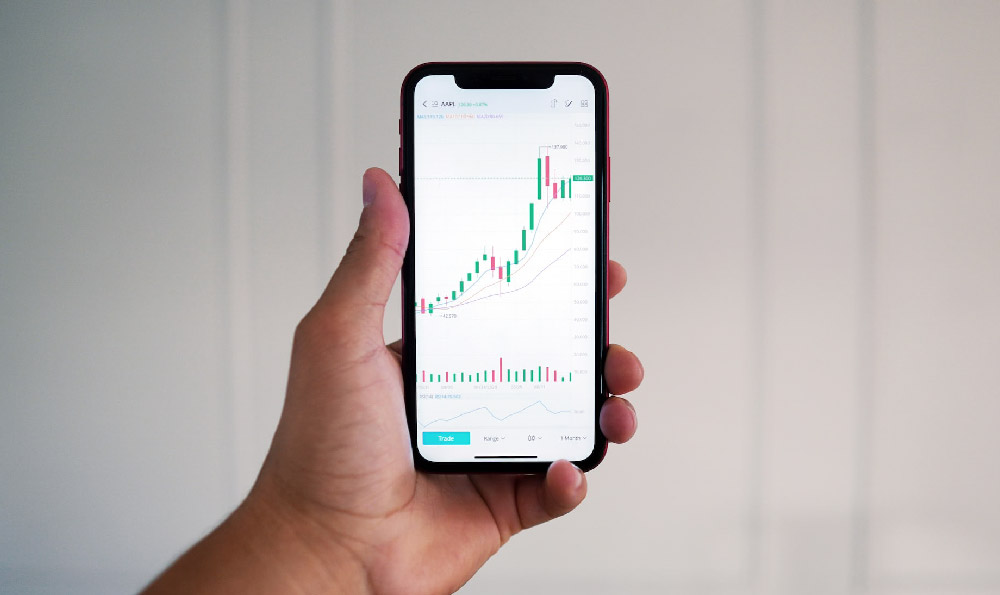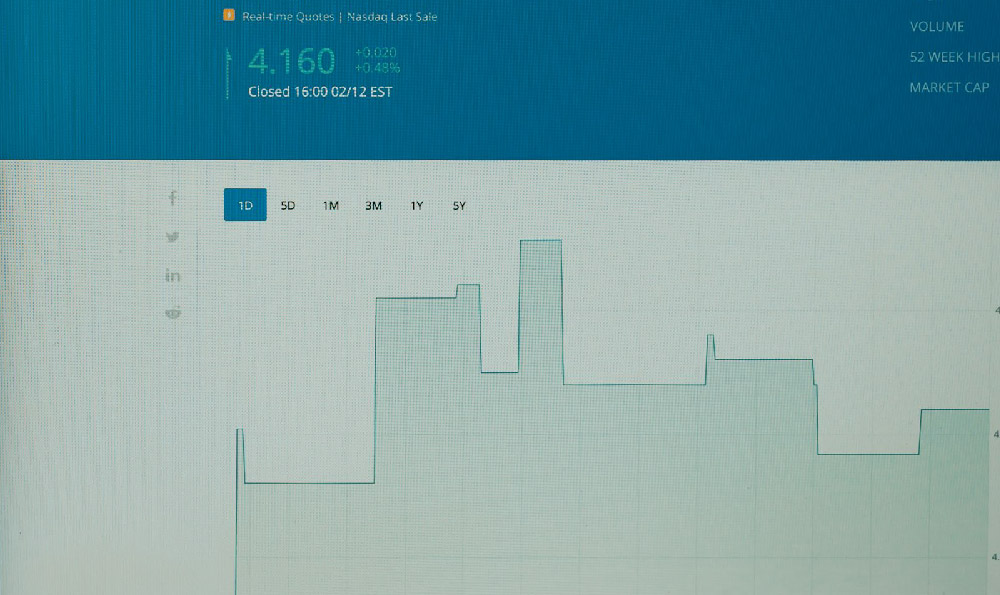Fidelity Mutual Funds: Where to Invest & How to Get Started?
Fidelity Investments is a titan in the financial world, offering a wide array of mutual funds that cater to diverse investment goals and risk tolerances. Navigating this vast landscape can feel daunting, but understanding the fund categories, key considerations, and practical steps can empower you to make informed investment decisions.
One of the initial steps is identifying your investment goals. Are you saving for retirement, a down payment on a house, your children's education, or simply seeking long-term growth? Your time horizon, or the length of time you plan to invest, is crucial. A longer time horizon typically allows for more aggressive investments with potentially higher returns, while a shorter timeframe might necessitate a more conservative approach to protect your principal.
Next, assess your risk tolerance. Are you comfortable with the possibility of market fluctuations and potential losses in exchange for potentially higher returns? Or do you prefer a more stable investment with lower potential gains but also less risk? Honest self-assessment is paramount. Fidelity offers various risk assessment tools to help you determine your comfort level.

Fidelity's mutual funds can be broadly categorized as follows:
-
Equity Funds: These funds invest primarily in stocks, offering the potential for higher returns but also carrying greater risk. Subcategories include growth funds (focused on companies with high growth potential), value funds (focused on undervalued companies), large-cap funds (investing in large, established companies), small-cap funds (investing in smaller, emerging companies), and international funds (investing in companies outside the United States).
-
Bond Funds: These funds invest primarily in bonds, offering a more stable and predictable income stream than equity funds. They are generally considered less risky, but also offer lower potential returns. Subcategories include government bond funds, corporate bond funds, and municipal bond funds.
-
Balanced Funds: These funds invest in a mix of stocks and bonds, offering a balance between growth and stability. The allocation between stocks and bonds can vary depending on the fund's objective and risk profile. Target-date funds, which automatically adjust their asset allocation over time as you approach a specific retirement date, fall under this category.
-
Money Market Funds: These funds invest in short-term, low-risk debt securities, offering a high degree of liquidity and stability. They are typically used as a safe haven for cash or for short-term savings goals.
-
Specialty Funds: These funds focus on specific sectors, industries, or investment strategies, such as technology funds, healthcare funds, real estate funds, or socially responsible investing (SRI) funds. These funds can offer higher potential returns but also carry greater risk due to their concentrated focus.
Once you understand the different fund categories, delve deeper into specific funds. Fidelity provides extensive information on each fund, including its investment objective, strategy, performance history, expense ratio, and portfolio holdings. Pay close attention to the fund's prospectus, which is a legal document that outlines the fund's investment policies, risks, and fees.
The expense ratio is a crucial factor to consider. It represents the annual cost of operating the fund, expressed as a percentage of the fund's assets. Lower expense ratios generally translate to higher returns for investors. Fidelity offers a range of funds with competitive expense ratios, including index funds and exchange-traded funds (ETFs), which typically have lower expense ratios than actively managed funds.
Consider the fund manager's track record. Has the fund consistently outperformed its benchmark index over the long term? While past performance is not a guarantee of future results, it can provide insights into the manager's skill and experience. Analyze the fund's risk-adjusted returns, which take into account the fund's volatility relative to its returns. A fund with higher risk-adjusted returns is generally considered more efficient.
Diversification is a cornerstone of sound investing. Don't put all your eggs in one basket. Spread your investments across different asset classes, sectors, and geographic regions to reduce risk. Fidelity makes it easy to build a diversified portfolio by offering a wide range of funds that cover various market segments.
Getting started with Fidelity is straightforward. You can open an account online or by phone. You will need to provide your personal information, including your Social Security number and bank account details. Once your account is opened, you can fund it through electronic transfers, checks, or wire transfers.
Consider setting up automatic investments to consistently contribute to your chosen funds. Dollar-cost averaging, which involves investing a fixed amount of money at regular intervals, can help you mitigate the risk of investing at market peaks. When prices are low, you buy more shares, and when prices are high, you buy fewer shares, averaging out your cost basis over time.
Remember that investing is a long-term endeavor. Don't get discouraged by short-term market fluctuations. Stay focused on your goals, and regularly review your portfolio to ensure it remains aligned with your risk tolerance and investment objectives. Rebalance your portfolio periodically to maintain your desired asset allocation.
Fidelity's website and mobile app provide a wealth of resources and tools to help you manage your investments. Take advantage of these resources to stay informed and make informed decisions. If you need personalized advice, consider consulting with a financial advisor. Fidelity offers financial planning services to help you create a customized investment strategy.
In conclusion, investing in Fidelity mutual funds can be a rewarding way to achieve your financial goals. By understanding the different fund categories, assessing your risk tolerance, and conducting thorough research, you can build a diversified portfolio that aligns with your needs and aspirations. Remember to stay disciplined, stay informed, and stay focused on the long term.















